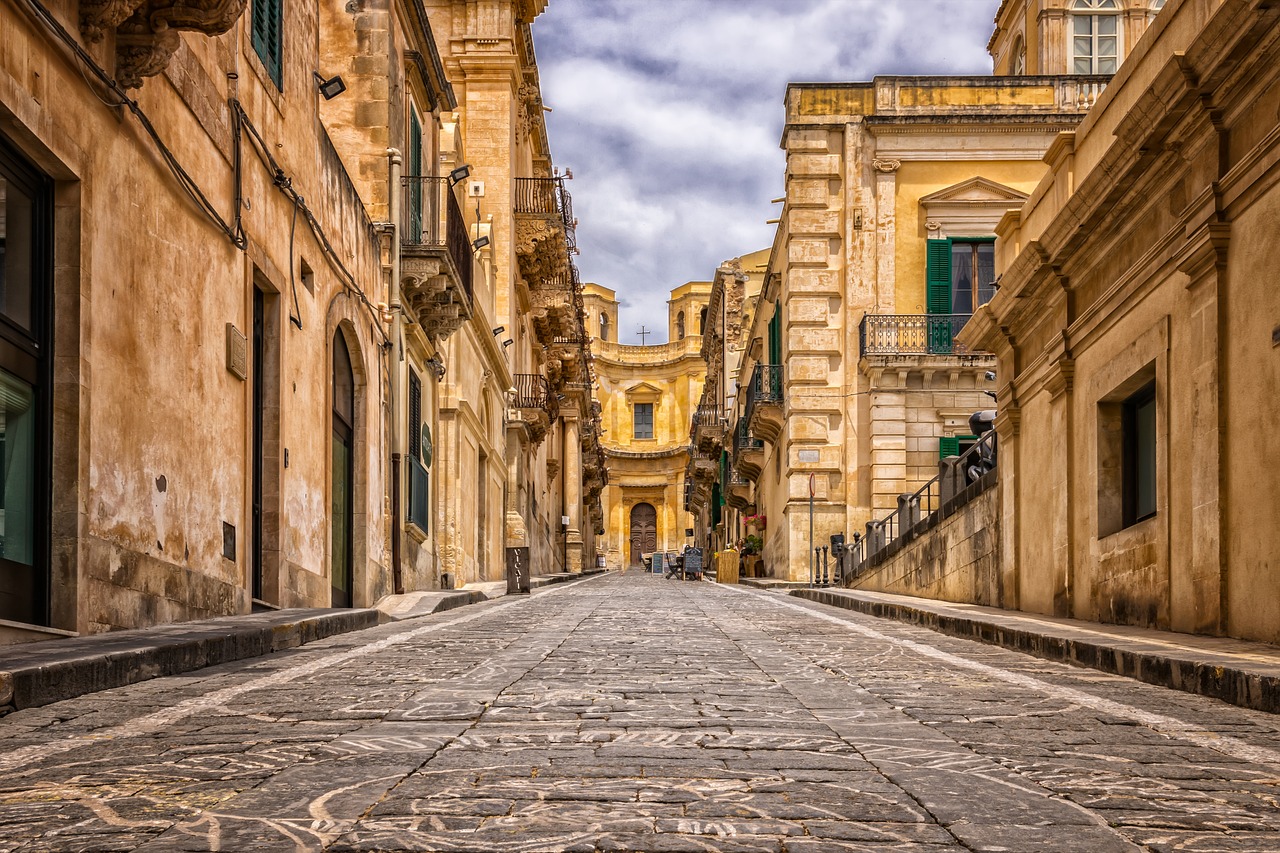
Italy’s Porous Streets: A Quiet Innovation That Lets Cities Breathe Again

In Italy, many centuries-old streets are receiving a subtle yet meaningful transformation — one that changes not their appearance, but their underlying logic. Across various historic towns, engineers and urban planners are installing porous stone roadways designed to let rainwater soak through their surfaces instead of collecting along the edges. Unlike conventional asphalt or tightly sealed cobblestones, these modern “breathable” pavers function much like natural soil, absorbing rainfall and gradually releasing it into the ground beneath.
The innovation is rooted in both advanced materials and intentional design. Each stone is crafted with microscopic gaps and produced using mineral mixtures that increase permeability without compromising strength. When these stones are laid, they are arranged with minimal sealing and with carefully calculated spacing. This allows water to pass downward rather than spreading across the surface. As a result, during periods of heavy rain — which have grown more frequent due to climate change, according to the European Environment Agency (EEA) — these streets act almost like open fields that “drink in” the water. Instead of overwhelming drains or forming large puddles, the permeable layers reduce runoff, protect the foundations of nearby buildings, and help replenish groundwater reserves naturally.
This approach aligns with broader environmental strategies recommended by the UN Environment Programme (UNEP) and the European Commission’s guidelines on Sustainable Urban Drainage Systems (SUDS), both of which emphasize permeability as a key method for climate-resilient urban planning. Scientific studies from institutions such as the University of Palermo have also demonstrated that porous pavements can decrease flood risk, improve water quality through natural filtration, and support healthier soil ecosystems beneath city surfaces.
Italian urban designers have given this shift a poetic expression: “letting the street breathe.” And in towns where medieval architecture and shifting weather coexist, the results are increasingly visible. Narrow alleys that once flooded after short cloudbursts now stay largely dry. Tree roots hidden beneath the pavement receive steady moisture, allowing ancient urban greenery to thrive rather than suffocate. Even during Italy’s intense summer heat, these porous streets help moderate temperatures. As the water stored below slowly evaporates, it cools the stones from within — a passive, energy-free form of climate control noted by studies on urban heat mitigation from the International Water Association (IWA).
But the impact goes beyond preventing floods or reducing heat. These porous roads represent a profound shift in how cities interact with nature. Instead of treating rainwater as a problem to be diverted or suppressed, the system embraces it as part of a natural cycle. The design does not attempt to overpower the environment but works with it, acknowledging the rhythms of the land.
In a country where every stone often carries layers of history, these new pavers add a modern chapter—one that whispers a different kind of promise: that urban life can respect the earth beneath it, and that innovation can restore harmony between built spaces and the natural world they occupy.
News in the same category


How Israel Is Turning Water Pipes Into Clean Power Plants

Powerful Health Benefits of Pineapple You Should Know

🐍 What to Do If You’re Bitten by a Snake — When Help Is Far Away

Motherhood Rewires the Brain: Why Postpartum Recovery Takes Years, Not Weeks

Eating More Than One Egg a Week May Slash Alzheimer’s Risk by 47%

CRISPR Breakthrough Offers Hope for a Potential HIV Cure

Four Teens Risk Their Lives to Rescue Elderly Neighbor from Burning Home in Sapulpa

Sugar May Be a Bigger Threat to Heart Health Than Cholesterol, New Study Finds

Time Is an Illusion: Quantum Physics Suggests Every Moment Exists at Once

Beware of the Plastic Bottle Scam

Had no clue about this

For those who sleep with wet hair, you should know that…

Hidden Message Behind Finding a White Feather

Why We Can’t Sleep Without a Blanket Even on Hot Nights

Why Female Anacondas Sometimes Eat Their Mates: The Extreme Strategy Behind Survival

Revolutionary mRNA Therapy Shows Promise in Preventing Pancreatic Cancer Recurrence

MIT Scientists Develop Injectable Gel That Can Fully Repair Nerves and Restore Sensation

A New Era of Computing: China’s Quantum Machine Surpasses the World’s Fastest Supercomputers
News Post

Coronation Street viewers devastated as beloved couple face split in new spoilers

Spandau Ballet star Tony Hadley admits he’s watching ex-bandmate Martin Kemp on I’m A Celebrity amid long-running rift

I’m A Celebrity stars ‘get sick’ after attempting the Bushtucker eating trials, reveal Ant and Dec

Princess Kate ‘urges Prince Harry to come back home’ in hope for Prince William reunion

I’m A Celebrity star declares ‘I want to keep an eye on her’ as Ruby Wax shows her true colours

I’m A Celebrity viewers ‘in tears’ as Jack Osbourne gets emotional over dad Ozzy’s death

You’re Storing Your Spices Wrong — Here’s How to Do It Properly

Most People Have No Clue — The Real Reason Your Jeans Have That Tiny Pocket

Most People Will Never Know — The Real Reason Pen Caps Have Holes

I Had No Clue About This — The Right Way to Store Cooked Rice Safely

You're Doing It All Wrong. Here’s the Right Way to Clean Salt Stains Off Floors

Just Tried This — and Wow, It Works

You're Doing It All Wrong: Here’s the Right Way to Run Your Dishwasher in Winter

You're Doing It All Wrong — Here’s the Right Way to Maintain Your Furnace Filter

A Simple 1-Minute Trick to Soothe Bee Stings – My Dad’s Easy Home Remedy (Scientifically Explained)

Rose Essential Oil: New Research Shows 30 Days of Aromatherapy May Boost Gray Matter Volume

Norway’s Living Kelp Barriers: Nature-Built Protection for a Changing Coastline

EMBER — THE KITTEN WHO CAME OUT OF THE FIRE.
